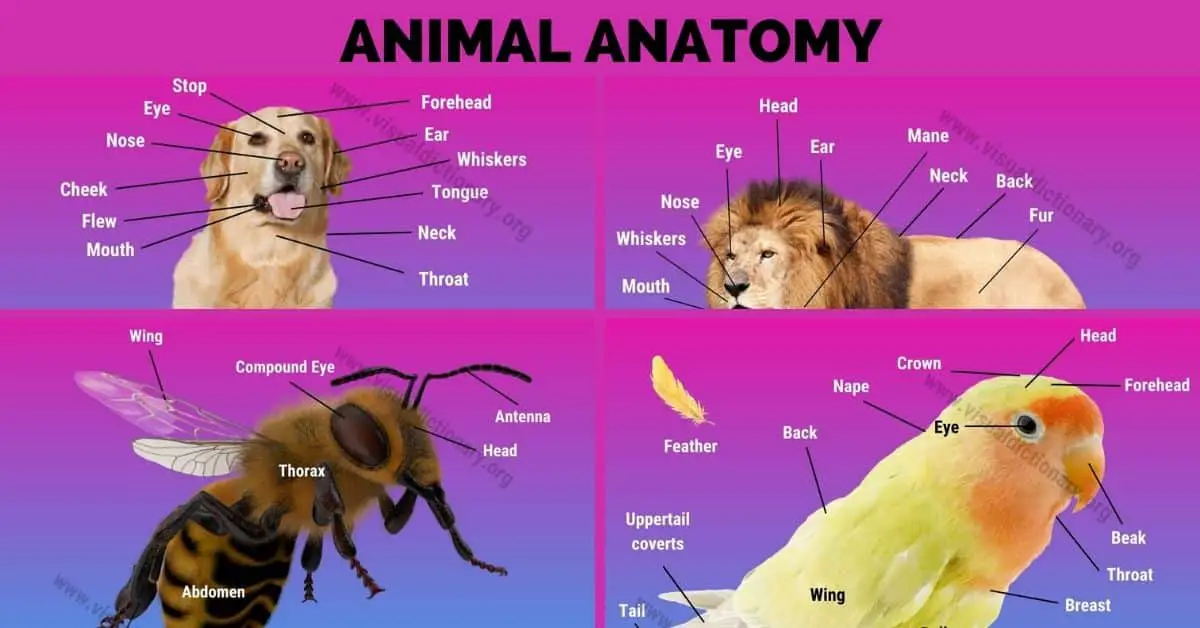Welcome, fellow animal enthusiasts! Today, we will be delving into the fascinating world of tigers. These majestic creatures are the largest members of the cat family, and their distinctive striped fur makes them instantly recognizable. In this article, we will be discussing the various parts of a tiger, from their teeth and claws to their powerful muscles and agile bodies.
First and foremost, let’s take a look at the tiger’s teeth and claws. These are some of the most impressive and fearsome features of the animal, and for good reason. Tigers have a set of razor-sharp teeth that can grow up to 3 inches in length, and they use these to trap and kill their prey. In addition, their retractable claws can reach up to 4 inches in length, and are used to grip and hold onto their prey. We’ll explore these features in more detail, and discuss how they help the tiger to survive in the wild.
Next, we’ll be examining the tiger’s muscular and skeletal structure. Tigers are incredibly strong and agile animals, and this is due in large part to their powerful muscles and flexible joints. We’ll take a closer look at the various muscles and bones that make up the tiger’s body, and discuss how they work together to give the animal its incredible strength and speed. Whether you’re a seasoned wildlife expert or just starting to learn about these amazing creatures, we guarantee that you’ll find something fascinating in this article about tiger anatomy.
Table of Contents
Tigers
Tigers are fascinating creatures and there are many interesting facts about them.
Firstly, tigers are the largest cats in the world. They can weigh up to 600 pounds and measure up to 11 feet in length, including their tail. Tigers are also excellent swimmers and can swim up to 3 miles without stopping.
Another fascinating fact about tigers is that they have unique stripes. No two tigers have the same stripes, just like humans have unique fingerprints. These stripes help tigers blend in with their surroundings and make them difficult to spot.
Tigers are also apex predators, which means they are at the top of the food chain. They hunt mainly at night and can take down prey that is much larger than themselves, such as buffalo and deer.
Did you know that tigers are also very territorial? They mark their territory with urine and claw marks on trees. A male tiger’s territory can be as large as 60 square miles, while a female’s territory is smaller at around 20 square miles.
Sadly, tigers are an endangered species. There are only around 3,900 tigers left in the wild, with most of them living in India. The main threats to tigers are habitat loss and poaching for their skin and body parts.
In conclusion, tigers are magnificent creatures with unique characteristics and behaviors. We hope this section has given you a better understanding of these majestic animals.
External Tiger Anatomy
Tigers are majestic creatures with unique physical characteristics. As we explore the anatomy of a tiger, let’s start with their external parts.
Fur
A tiger’s fur is one of its most recognizable features. It is typically orange with black stripes, although some subspecies have variations in color. The fur is thick and soft, providing insulation in cold weather. Tigers also have a white underbelly and black stripes on their legs and tail.
Head
The head of a tiger is large and round with small, rounded ears. Their eyes are yellow or amber and have round pupils. Tigers have long whiskers on their face that help them navigate their surroundings.
Claws
Tigers have retractable claws that are razor-sharp. Their claws are used for hunting and climbing trees. They are also used for marking territory by scratching trees.
Teeth
A tiger’s teeth are sharp and powerful, designed for tearing apart prey. Their canine teeth are the largest and can be up to 3 inches long. Tigers have 30 teeth in total, including incisors, canines, premolars, and molars.
Paws
Tigers have large, padded paws that allow them to move silently through the forest. Their front paws have five toes, while their back paws have four toes. The pads on their paws help them grip the ground when running and climbing.
In conclusion, tigers have a unique set of external features that make them well-suited for their environment. From their thick fur to their sharp claws and teeth, every part of a tiger plays a crucial role in their survival.
Parts of a Tiger | List
- Head
- Ears
- Eyes
- Nose
- Mouth
- Teeth
- Tongue
- Whiskers
- Neck
- Shoulders
- Chest
- Forelegs
- Paws
- Back
- Hindlegs
- Tail
- Claw
Frequently Asked Questions
What are some unique physical features of tigers?
Tigers are known for their striking orange coat with black stripes, but they also have many unique physical features that make them stand out. For example, they have powerful forepaws and long, sharp claws that allow them to hunt and climb trees with ease. Additionally, tigers have a flexible spine that enables them to make quick and agile movements, which is essential for hunting prey.
What are some special features of tigers that help them survive?
Tigers have several special features that help them survive in their environment. For instance, they have excellent hearing and vision, which allows them to detect prey from afar and hunt effectively. Tigers also have a keen sense of smell, which helps them locate prey and avoid danger. Moreover, their thick fur coat helps them stay warm in cold climates and provides camouflage in their natural habitat.
How big can tigers get and what determines their size?
The size of tigers can vary depending on their species and gender. For example, the Siberian tiger is the largest subspecies and can weigh up to 660 pounds (300 kg). On the other hand, the Sumatran tiger is the smallest subspecies and can weigh as little as 165 pounds (75 kg). The size of tigers is determined by genetics, diet, and habitat. Generally, tigers living in colder climates tend to be larger than those living in warmer climates.
Related terms:







